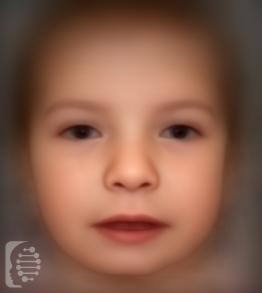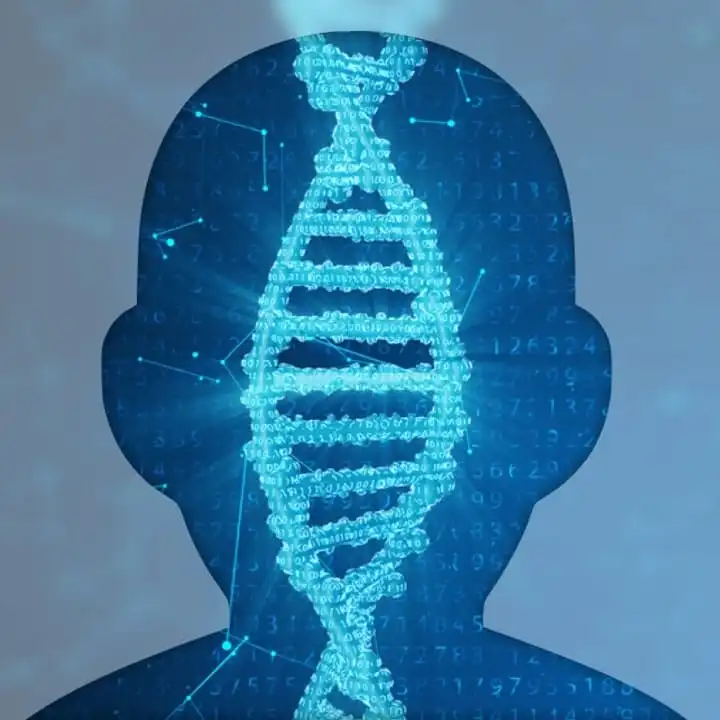What is Hemifacial Microsomia?
Hemifacial (one side of the face) Microsomia is a rare disease, the defining feature of which is the underdevelopment of one-half of the face. This underdevelopment may be mild or severe. It is known to vary from individual to individual. However, in every individual diagnosed, an undeveloped lower jaw is a consistent feature.
This syndrome is also known as:
Facio-auriculo-vertebral syndrome; Facioauriculovertebral Sequence; Facioauriculovertebral syndrome; FAV Sequence; Goldenhar Syndrome; Hemifacial microsomia; Oculo-auriculo-vertebral spectrum (OAVS); OAV Dysplasia; OAVS Oculo-auriculo-vertebral syndrome; Oculoauriculovertebral Dysplasia Oculoauriculovertebral Spectrum; OAVS Oculoauriculovertebral syndrome
What gene change causes Hemifacial Microsomia?
Changes in SF3B2 gene are responsible of this syndrome, that is inherited in an autosomal dominant manner.
What are the main symptoms of Hemifacial Microsomia?
The main symptoms of the syndrome affect the face. Underdeveloped low and upper jaws are the main feature. As well as a mouth that slants upward. These features may in turn make it difficult for individuals to chew.
Some individuals have a flattened cheek and forehead on the underdeveloped side of the face, and one eye socket may also be smaller. General facial asymmetry is common, and this may result in a loss of sensation in the affected half of the face and a weakness in the muscles.
Other features relating to the face include excess skin around the ears, underdeveloped and occasionally an absent ear, absent or underdeveloped inner ear structures and as a result hearing loss too.
This syndrome is classified as a spectrum disorder, meaning the severity of facial features affected can differ. Symptoms may also vary among family members who share the condition.
How is it diagnosed?
To find out if someone has a diagnosis of Hemifacial Microsomia, it is important to have a consultation and evaluation with a clinical genetic specialist. Specialists may also suggest specific genetic testing or other types of tests to help reach a diagnosis. FDNA’s AI technology can help speed up the diagnostic process by analyzing facial features and other health information.

